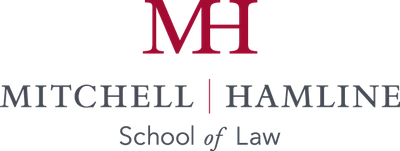Mitchell Hamline School of Law is committed to complying with all applicable intellectual property and copyright laws of the United States. The School provides this information to assist faculty, staff and other community members in understanding and complying with copyright law. It is not a comprehensive or exhaustive guide to the wide diversity of contexts in which the use of copyrighted materials arise nor is it a substitute for legal advice.
Copyright in Education Contents
- Part 1. Copyright Generally
- Part 2. Copyright in Education Basics
- Part 3. Summary of the TEACH Act (17 U.S.C. 110(2))
- Part 4. Linking to Textual Content
- Part 5. Guidance on Applying the Factors of Fair Use
- Part 6. Linking to Audio/Visual Content from the Web in Your Canvas Course
Linking to Textual Content
When creating content for your course, use a link to literary/scholarly material that is either publicly available on the Web or available to the Mitchell Hamline community through a database licensed by the Mitchell Hamline library (including Westlaw, Lexis Advance or Bloomberg Law). A link enables a viewer to access content on the original website or host server. It is not an act of copying and does not raise serious copyright concerns.
Providing students with a citation to the material and a link in your course reading list or syllabus is the best way to provide consistent and reliable access. If you need help locating an article or other material in one of the databases or want to provide more than one source for an article, don’t hesitate to ask a reference librarian for help. The reference librarians will also create the links for you.
